Spin is an intrinsic property of the electron. When electrons spin in the same direction at a given time, the quantity is called polarization. Understanding polarization helps examine the structure of nuclei of heavy elements. Now, nuclear physicists have measured the polarization of an electron beam more precisely than ever before.
Tag: Electron Spin
What Makes High Temperature Superconductivity Possible? Researchers Get Closer to a Unified Theory
In cuprate materials, superconductivity competes with magnetic spin and electric charge density wave (CDW) order in the material’s electrons. In some of these materials, strong magnetic interaction causes spin density waves (SDW) and CDWs to lock together to form a stable long-range “stripe state” where the peaks and valleys of the two waves are aligned.
Quantum engineers have designed a new tool to probe nature with extreme sensitivity
Associate Professor Jarryd Pla and his team from UNSW School of Electrical Engineering and Telecommunications, together with colleague Scientia Professor Andrea Morello, described a new device that can measure the spins in materials with high precision.
Oxide Interfaces Put New Twist on Electron Spins
Electrons in magnetic solids feel each other as an effective magnetic field that forces the electrons’ spins to align. If the arrangement of atoms is not fully symmetric, an additional magnetic force known as Dzyaloshinskii-Moriya Interaction (DMI) can emerge, forcing the spins to reorient and form whirling patterns called skyrmions. Researchers joined two different materials to enable skyrmion generation.
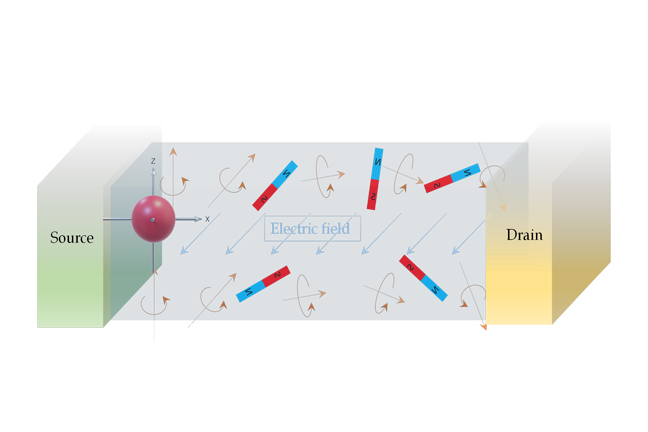
Rensselaer Researchers Learn to Control Electron Spin at Room Temperature To Make Devices More Efficient and Faster
As our devices become smaller, faster, more energy efficient, and capable of holding larger amounts of data, spintronics may continue that trajectory. Whereas electronics is based on the flow of electrons, spintronics is based on the spin of electrons.
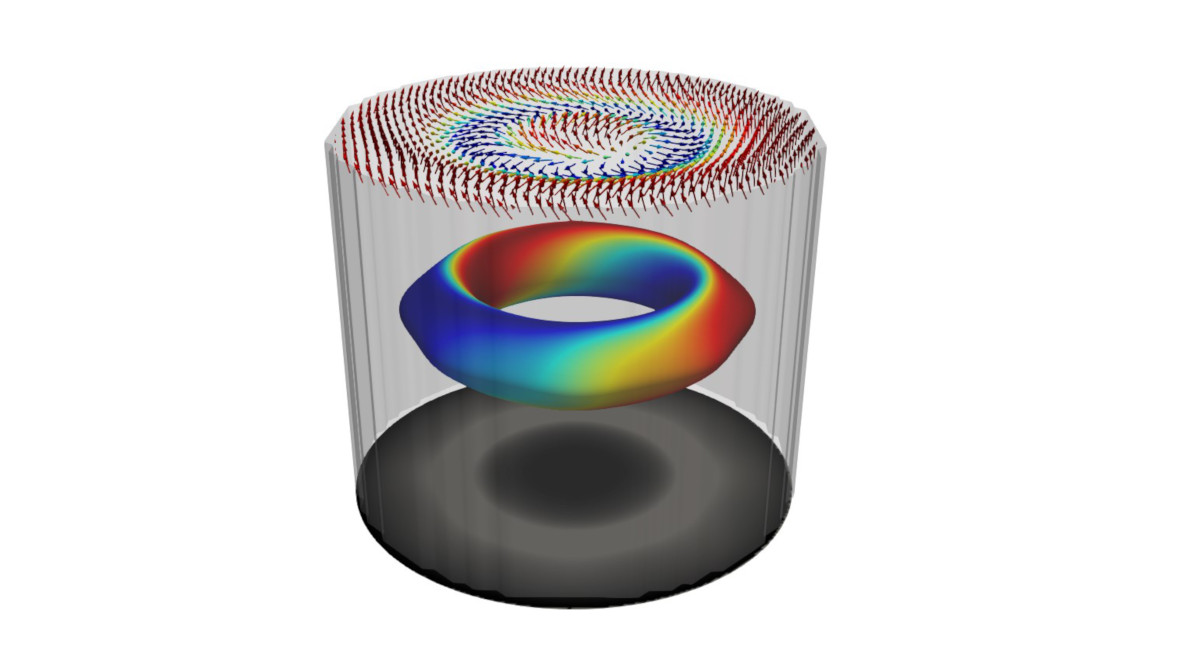
The Spintronics Technology Revolution Could Be Just a Hopfion Away
A research team co-led by Berkeley Lab has created and observed quasiparticles called 3D hopfions at the nanoscale (billionths of a meter) in a magnetic system. The discovery could advance high-density, high-speed, low-power, yet ultrastable magnetic memory “spintronics” devices.
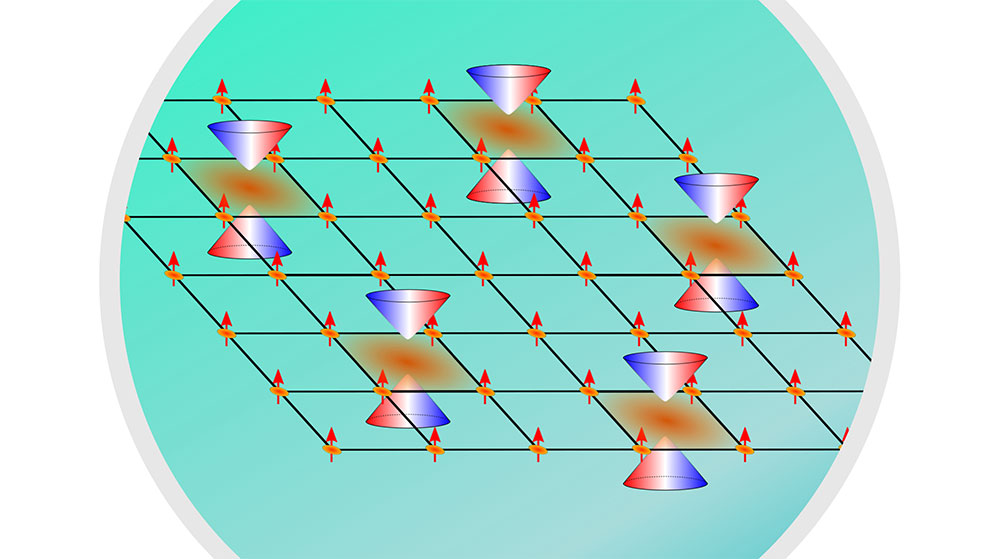
Magnetism Meets Topology on a Superconductor’s Surface
Scientists have found an energy band gap—an energy range where no electrons are allowed—opens at a point where two allowed energy bands intersect on the surface of an iron-based superconductor. This unusual electronic energy structure could be used for quantum information science and electronics.
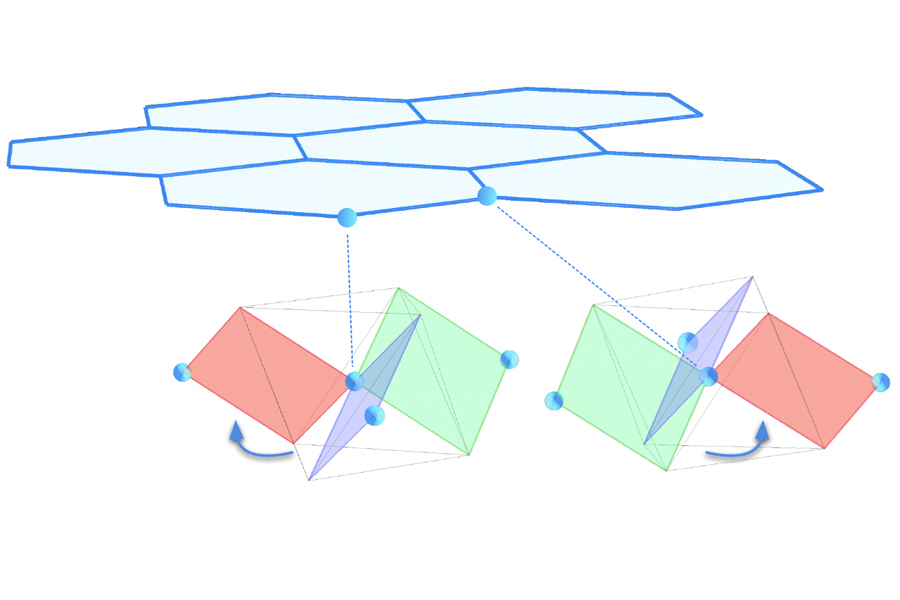
Scientists find evidence of exotic state of matter in candidate material for quantum computers
Using a novel technique, scientists working at the Florida State University-headquartered National High Magnetic Field Laboratory have found evidence for a quantum spin liquid, a state of matter that is promising as a building block for the quantum computers of tomorrow.
Making High-Temperature Superconductivity Disappear to Understand Its Origin
Purely electronic interactions could be behind copper-oxygen compounds conducting electricity without resistance at relatively high temperatures.
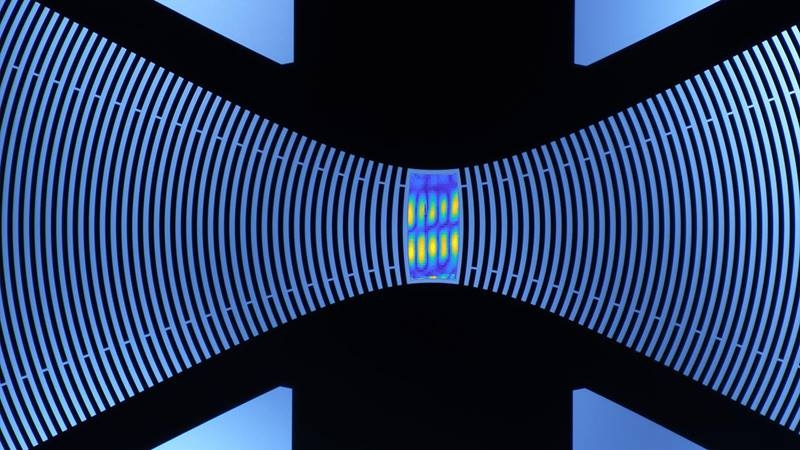
Soundwaves Carry Information Between Quantum Systems
Scientists built a system with curved electrodes to concentrate sound waves.